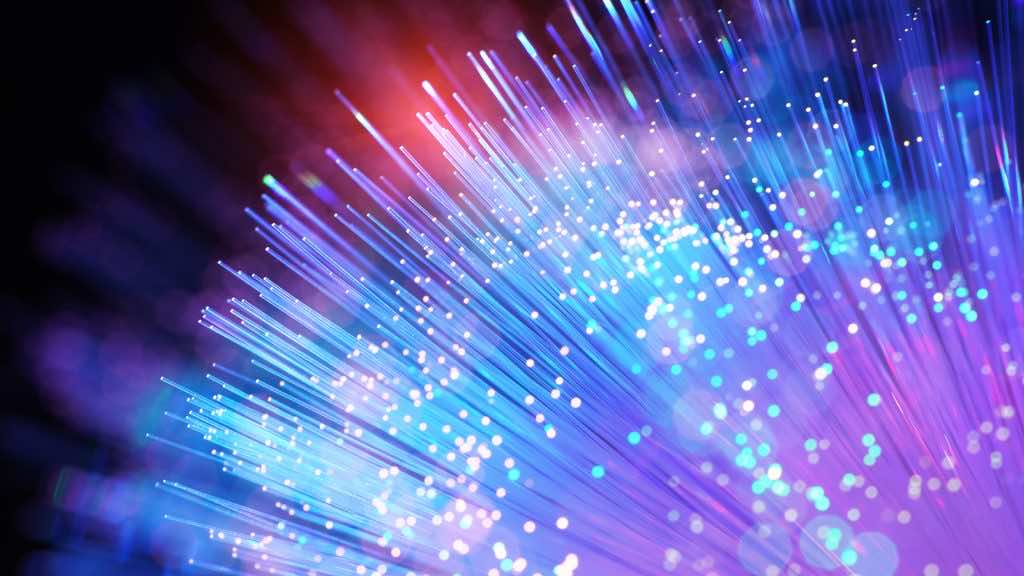And yet again, the speed record for data transfer using a single light source and an optical chip has been broken. Engineers sent data at a lightning speed of 1.84 petabits per second (Pbit/s), over twice the worldwide internet traffic per second.
It’s difficult to emphasize how quick 1.84 Pbit/s is. Your home internet connection is typically a few hundred megabits per second, or if you’re lucky, a 1-gigabit or even 10-gigabit connection – but 1 petabit is a million gigabits.

Moreover, this new speed record was achieved with only one light source and optical chip. An infrared laser is directed towards a frequency comb chip, which divides the light into hundreds of different frequencies or colours. Data can then be encoded into light by altering the amplitude, phase, and polarization of each of these frequencies before merging them into a single beam and transferring it over optical fibre.
In tests, researchers from the Technical University of Denmark (DTU) and the Chalmers University of Technology used the configuration to send data at 1.84 Pbit/s packed in 223 wavelength channels over a 7.9-km (4.9-mile) optical fibre with 37 distinct cores. For perspective, the global internet bandwidth is projected to be slightly short of 1 Pbit/s, implying that this system could handle all of that at once.

This data transmission speed far exceeds the previous record of 1.02 Pbit/s, set in May of this year. Furthermore, in mid-2020, an optical device architecture comparable to the one utilized in the latest study achieved 44 terabits per second.
However, the team behind the new chip claims that it is far from done shattering records. Instead, the researchers believe that using a computational model to expand the system’s data transmission capability may eventually reach eye-watering speeds of up to 100 Pbit/s.
“The reason for this is that our solution is scalable – both in terms of creating many frequencies and in terms of splitting the frequency comb into many spatial copies and then optically amplifying them and using them as parallel sources with which we can transmit data,” said Professor Leif Katsuo Oxenløwe, lead author of the study.

“Although the comb copies must be amplified, we do not lose the qualities of the comb, which we utilize for spectrally efficient data transmission.”
The research was published in the journal Nature Photonics.
Source: DTU


